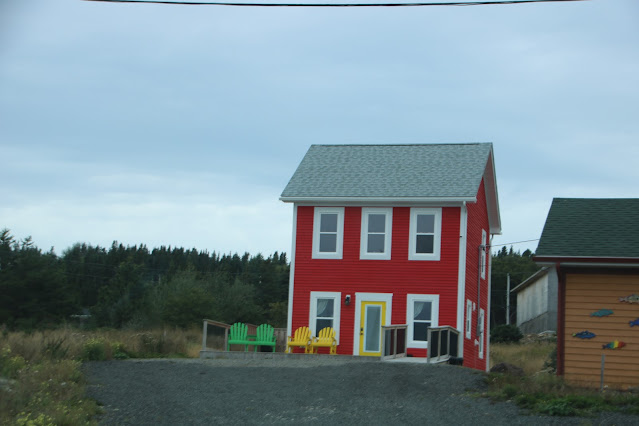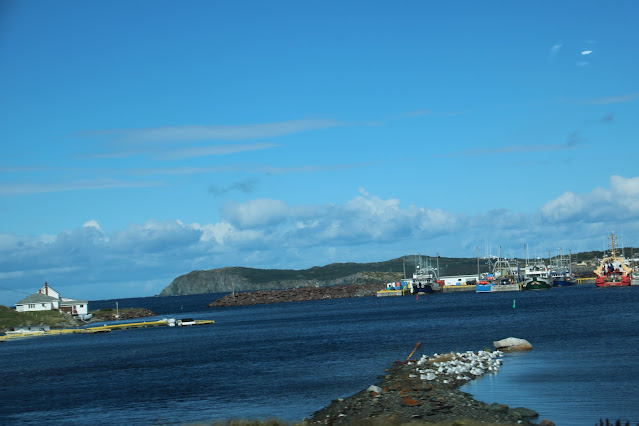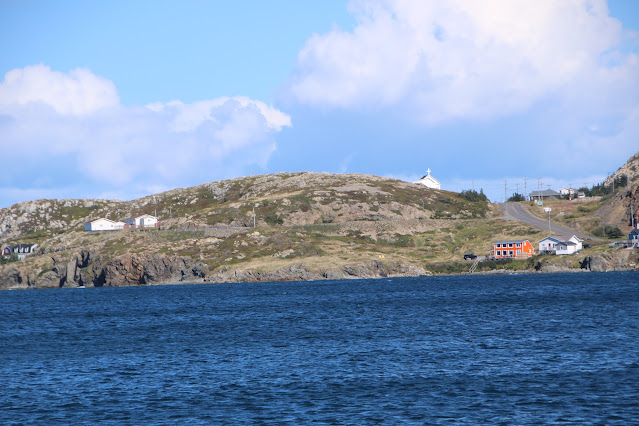September 2022 - Twillingate NL
The first human inhabitation of Twillingate is known to have been around 1500 B.C. Artifacts uncovered at Back Harbour in 1965 showed that the area was used by the Archaic Maritime Indians, a pre-Beothuk People. The French Fishing Fleet used the waters around the island between 1650 – 1690. It is these fishermen who are said to have given the islands the name of “Toulinguet” because of the similarity to a group of islands off the French Coast, near Brest. The first settlers arrived around 1700 and Toulinquet became anglicised to Twillingate.
Funny I thought it sounded like a British town.
We went for a drive before lunch.
We went for a drive before lunch.
Long Point Lighthouse, one of the most photographed landmarks on the Northeast Coast of Newfoundland, is located at Crow Head, Twillingate. The Long Point (Twillingate) heritage lighthouse is a brick lighthouse built in 1876, which was later encased in reinforced-concrete in 1929. Situated 331 feet above sea level, atop a cliff in Notre Dame Bay on the northeastern coast of Newfoundland, the lighthouse guides vessels into Twillingate Harbour and is a popular eco-tourism destination.
Going back through town.
We were going to Hillgrade for lunch at Doyle W. Sansome & Sons Super Lobster Pool. No lobster available as it is not in season.
It was a cycle of rain and sunshine.
The Prime Berth Fishing Museum place is a unique mix of cool, antique fishing gear, old fishing sheds, some of which were hauled from their original locations across the water to the museum. There are displays of whales baleen plates, shark jaws the skeleton of a Sai Whale. The whale had been found beached on the shores of Newfoundland and was towed by Capt. Dave to the museum for display. CLOSED!


Some photos in town.
We relaxed for the evening.

























That last shot is my favourite.
ReplyDelete